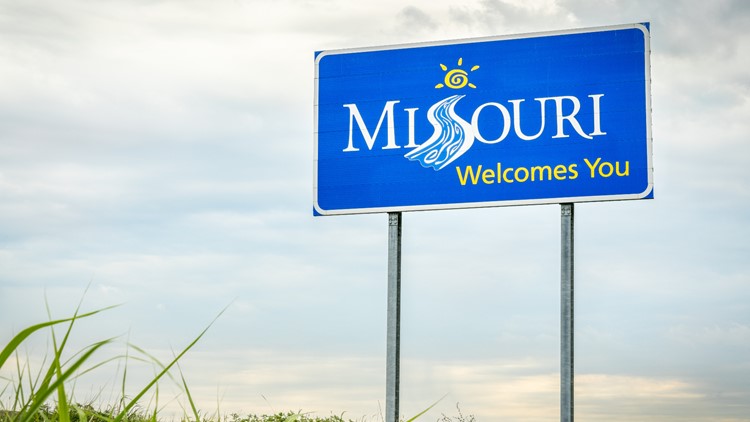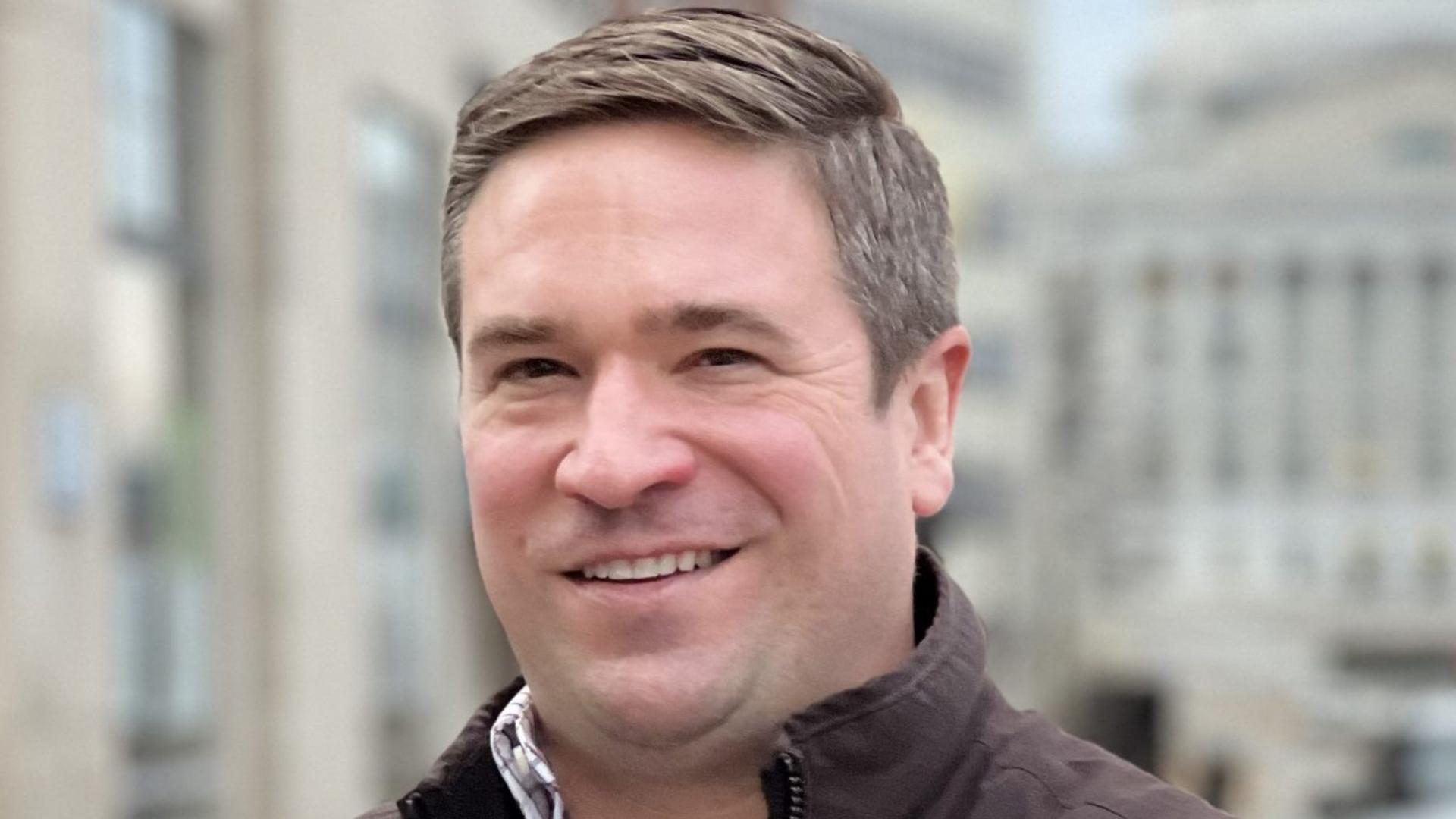JEFFERSON CITY, Mo. — The leader of Missouri's largest anti-abortion group on Monday urged state lawmakers to adopt an aggressively Republican congressional map that could leave Democrats holding just one of the state's eight U.S. House seats after the next election.
Republican lawmakers in charge of redrawing the state's congressional districts have put forth a plan that would essentially maintain the status quo, with Republicans likely to win six districts and Democrats two.
At a public hearing Monday, Missouri Right to Life urged a Republican-led House panel to instead draw a map that gives the GOP a shot at winning seven districts. To do so, mapmakers would have to split up the Kansas City-based district of Democratic U.S. Rep. Emanuel Cleaver by attaching parts of it to multiple Republican-leaning rural areas.
“We’ve seen Missouri grow more conservative, and I believe that right now is the time to fight for a 7-1 map," said Susan Klein, executive director of Missouri Right to Life.
Klein's testimony brought to the forefront an internal division among Republicans, who are wrestling with how much they should try to gerrymander voting districts to aid their quest of winning control of the U.S. House. Democrats currently hold a slim congressional majority. Districts across the U.S. must be redrawn for the 2022 elections to account for population shifts noted in the 2020 census.
Political parties that control redistricting can gain an advantage either by packing voters from the opposing party into a few districts or splitting them among multiple districts to dilute their influence. Republican-led state legislatures have passed aggressive redistricting plans in states such as North Carolina, while Democratic-led legislatures have done likewise in states such as Illinois.
But aggressive gerrymanders also can backfire in at least a couple of ways. They are more apt to be legally challenged and potentially replaced by a judicially drawn map. And to maximize their chances of winning, parties often have to settle for smaller victory margins in districts, making it more likely that districts could flip to the opposing party if political winds change.
“We as representatives have to do a risk assessment. Is it worth the risk for the reward?” said House Redistricting Committee Chairman Rep. Dan Shaul, who is sponsoring the proposed map likely to maintain a 6-2 Republican edge.
Other Republican committee members, though expressing opposition to abortion, also raised concerns about pressing for a map with an expected 7-1 advantage.
“I think in just about every scenario that I’ve tried to play out in my mind of a 7-1 map, it seems to me that we lose, and we could be in a worse situation for the cause of pro-life,” said Republican state Rep. Ben Baker, of Neosho.
Other Republican committee members also expressed concerns about trying to maximize Republican gains. They said the Senate, where bills can be filibustered, was unlikely to pass a 7-1 map. They also noted that House Republicans would need at least some Democratic support to pass an emergency clause on a bill, which is necessary for a redistricting map to take effect in time for Missouri's August primary elections.
Shaul described his proposed map as a good starting point.
It would slightly boost the Republican vote share in the 2nd District in suburban St. Louis, according to political data from Missouri's 2018 and 2020 elections provided by state House redistricting staff. The 2nd District, held by Republican Rep. Ann Wagner, is the closest thing Missouri currently has to being a swing district.
The proposed map also would slightly boost the Democratic vote share in Cleaver's 5th District by dropping rural areas and focusing the district more tightly on the Kansas City area.
Shaul said his proposed map splits fewer counties and voting districts that the current map and is designed to withstand a potential court challenge. Several leaders from the Ray County community of Richmond — population 6,000 — opposed the map Monday because it would split their city between two congressional districts. Some committee members expressed an openness to changing that before an expected vote on Wednesday.



